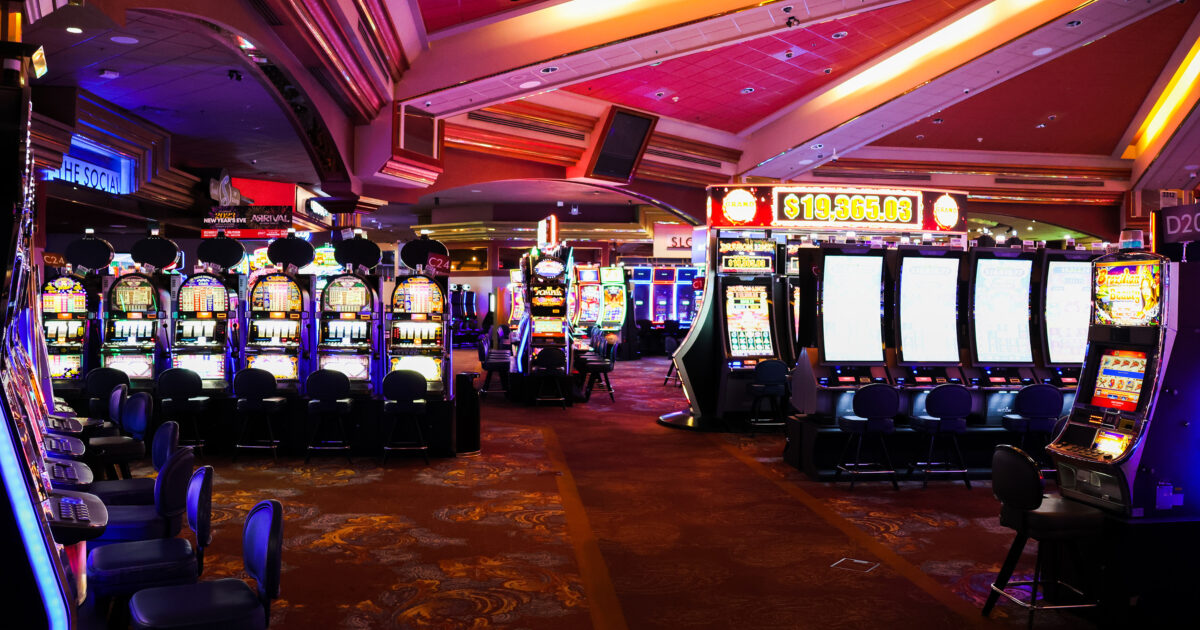
Beneath the glittering illuminations and those alluring sounds of rotating reels lies a dynamic realm where creativity meets numbers: the making of casino games. While players flock to casinos seeking thrills plus the possibility of striking it rich big, a vast amount of work takes place behind the scenes to create the games they enjoy. From the starting concept to the final product that players engage with, numerous elements are brought together to ensure a captivating play experience.
Designers, engineers, and game developers work together to combine innovative technology with engaging gameplay features. Every aspect, from visuals plus audio elements to odds and payouts, is carefully designed to draw in players and keep them entertained. Understanding this complex process of the way casino games are made reveals both the technical expertise involved but also the creative vision that brings these immersive experiences to life.
Video Game Design Process
The design workflow begins with brainstorming and conceptualization, where creators generate ideas for new casino games. This first phase often involves pinpointing potential audiences and understanding market trends. 79Sodo Designers consider factors like game mechanics, themes, and payout structures to create an immersive experience. Teamwork between game designers, mathematicians, and artists is essential to ensure a balanced concept.
Once a design is selected, the next stage entails prototyping and testing. Designers create a functional version of the game to assess its playability and mechanics. This allows for adjustments and refinements based on feedback from testers. Reiteration is vital, as designers may go through multiple rounds of testing to fine-tune gameplay balance and user experience. This stage is essential for identifying any possible issues before the game is finalized.
After testing, the game moves into development and production. This includes the technical aspects of coding the game software, integrating graphics, and making sure compliance with gaming regulations. Quality assurance testing verifies that the game functions flawlessly across various platforms and devices. Once everything is polished, the game is prepared for launch, usually accompanied by marketing strategies to draw in players and generate excitement around the latest casino game.
Technology and Development
The development of gambling games has changed significantly with advancements in tech. Modern game design often incorporates high-quality graphics, immersive sound effects, and dynamic animations that deliver a captivating experience for players. Game developers use complex software tools and coding languages to create these immersive gaming experiences. Additionally, the use of RNGs ensures fairness and unpredictability in outcomes, which is important for ensuring player trust and compliance with gaming regulations.
In recent years, the surge of online casinos has pushed the boundaries of game development even further. Developers are now able to build games that cater to a worldwide audience, incorporating features such as live dealers and VR environments. This transition has encouraged new ideas, leading to unique game mechanics and formats that enhance player engagement. Mobile gaming has also become a major focus, prompting developers to optimize games for smartphones and tablets, ensuring accessibility and convenience for players on the go.
Collaboration among designers, artists, and mathematicians is essential in the creation process. Each team contributes their knowledge to ensure games are not only aesthetically pleasing but also mathematically sound and enjoyable. The integration of player feedback during beta testing allows developers to improve game features and functionalities, ultimately leading to a positive launch. As technology continues to advance, the potential for new game concepts and experiences is unbounded, promising an thrilling future for casino games.
Testing and Quality Assurance
Once a gambling game has been created, it enters the crucial phase of testing and quality control. This stage ensures that the game operates seamlessly and provides a just experience for players. Teams conduct extensive tests, including operational checks to confirm that all game features work as expected. Each aspect, from visuals to sound effects, is reviewed to ensure high standards are met.
In addition to functionality testing, the game undergoes rigorous compliance checks to meet regulatory requirements. Various jurisdictions have specific regulations governing game fairness and player protection. Quality assurance teams will confirm that the random number generators are working correctly and that the game’s payout percentages align with industry standards. This detailed examination helps build trust with users and authorities alike.
Finally, user testing may be conducted with actual users to obtain opinions on user experience. This crucial insight allows developers to implement necessary adjustments before the public launch. Tackling any likely issues identified during this phase helps ensure that players will have a fluent, immersive experience when the game goes live. The commitment to quality reflects the industry’s dedication to delivering pleasant and reliable casino games.